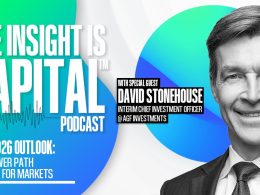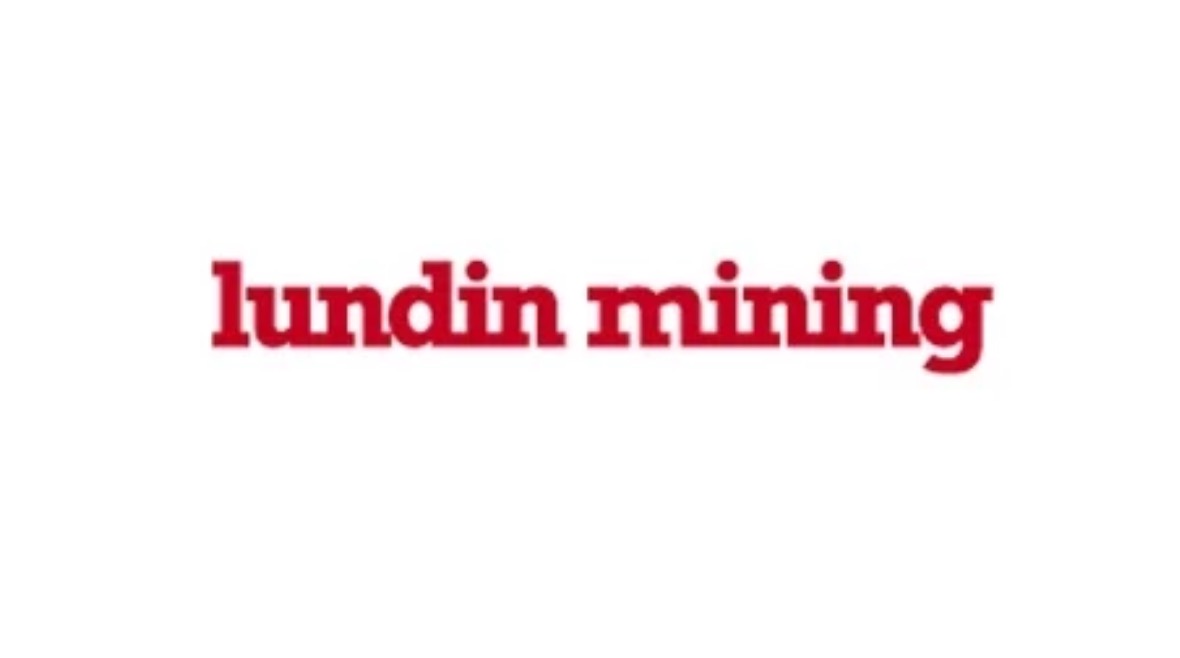by George Smith, Portfolio Strategist, LPL Research
As we move deeper into 2025, LPL Research's Strategic and Tactical Asset Allocation Committee (STAAC) has updated its Capital Market Assumptions (CMA) and Strategic Asset Allocation (SAA) to provide guidance on long-term asset allocation and strategic market views over the next three to five years.
A Time to Reduce Risk
LPL Research is reducing risk in their portfolios with long-term investment horizons. The risk-reward trade-off for both stocks and bonds is being challenged by a slowing-growth environment, elevated inflation, and a "higher-for-longer" interest rate outlook. The expansion of equity multiples observed in 2024 further exacerbates this situation. The STAAC continues to expect below-average economic growth over the next few years due to structural factors (e.g., slow population growth, deficit spending, and the increased cost of debt) and does not anticipate inflation falling back below the Federal Reserve’s (Fed) target rate. Comparing the Equity Risk Premium (ERP), a measure of the excess return of equities relative to “risk-free” Treasuries, to the long-term historical averages suggests stocks have dropped below fair value relative to bonds for the first time in nearly two decades.
Stock Valuations Fall Below Parity with Bonds at Higher Interest Rate Levels

Source: LPL Research, Bloomberg 2/10/2025
Disclosures: Indexes are unmanaged and cannot be invested into directly. All performance referenced is historical and is no guarantee of future results.
Key Updates:
Equities: Favoring Value and Emerging Markets
Given that domestic equities are expensive relative to bonds, and forward returns continue to fall with earnings multiple expansion, the STAAC has decreased exposure to equities, particularly large and mid cap growth, and to a lesser extent, developed international, to reflect these less fairly-priced valuations relative to fixed income.
- Decrease exposure to domestic growth equities: Growth-oriented equity valuations are increasingly stretched compared to value-oriented equities. The spread in market expectations is wider relative to higher-yielding fixed income, international, emerging market, and domestic value equities.
- Rotate international equity exposure: Foreign equities, especially emerging markets, remain attractive over the longer term. Rotating international equity exposure from developed to emerging markets (EM), as the risk-reward is increasingly favorable, and less correlated to U.S. equities in EM.
Fixed Income: Navigating a Higher-for-Longer Rate Environment
With the return to a more normal rate environment, core fixed income remains attractive versus equities, but interest rates are likely to remain rangebound.
- Decrease exposure to nominal Treasuries: Reflecting an improving outlook for economic growth, less stable stock-bond correlation assumptions than realized historically, and expectations that longer-duration fixed income may not deliver significant protection in ordinary financial market corrections.
- Core Fixed Income: Bonds are expected to provide multi-asset portfolios with diversification, liquidity, and income. Caution is advised against chasing higher yields in non-core fixed income, as spreads remain historically tight.
- Adding Treasury Inflation Protected Securities (TIPS) – Inflation breakeven rates anticipate a low level of inflation relative to our expectations; we believe producer and consumer price levels may surprise to the upside. As such we favor adding short-duration TIPS due to these elevated inflation expectations over a long-term 3–5-year investment horizon.
Alternative Investments: Hedging Volatility and Enhancing Diversification
In an environment where geopolitical and macroeconomic uncertainty remains heightened amidst a lower expected-return backdrop, we believe alternative investments can be used to hedge potential volatility and market concentration risks via a diversified basket of long/short equity, managed futures, and global macro strategies.
- Increased exposure to multi-strategy: Increased alternative investment exposure by adding exposure to multi-strategy managers that may provide a hedge for volatility from rising valuations and equity index concentration.
- Increased global macro and managed futures exposure: Increased exposure to these alternative investments that may hedge economic surprises and benefit from divergent trends.
Real Assets: Protecting Against Inflation
Given our elevated inflation expectations, we aim to hedge potential inflation risks by initiating an off-benchmark diversified basket of commodities and global listed infrastructure (as well as the previously mentioned short-duration TIPS)
- Commodities: Provides exposure to growth and inflation, with low correlation to stocks and bonds.
- Global listed infrastructure: Offer stable real yields and lower economic sensitivity.
Cash
- Maintain underweight - We maintain an underweight position in cash, favoring short-duration TIPS due to our elevated inflation expectations over the strategic investment horizon.
- Seek balance – Overall, we seek to maintain balance across stocks, bonds, and cash. Our process considers underlying factor exposures that drive risk premia across diversifying asset classes. For example, global listed infrastructure is viewed as less economically sensitive when compared to equities, and alternatives like managed futures can act as risk mitigation tools similar to Treasuries.
The LPL Research Growth with Income (GWI) investment objective (IO) (60% stocks /40% bonds and cash) chart below reflects the strategic asset allocation (SAA) compared with the GWI benchmark weights. Note that the relative allocations in different IOs will differ as we run an individual asset class optimization on each IO.
LPL Research Strategic Asset Allocation, Growth with Income (GWI) (60/40)
 Source: LPL Research 2/10/2025
Source: LPL Research 2/10/2025
Conclusion
The STAAC's updated Strategic Asset Allocation (SAA) framework reflects a cautious yet calculated approach to navigating the current market landscape over a strategic timeframe. By carefully considering factors like economic growth, inflation, interest rates, geopolitical risks, volatility and dispersion, as well as valuations and fundamentals, we aim to build resilient portfolios that can weather potential storms. By acting to diversify core portfolios into TIPS, real assets and alternative investments, investors can align their portfolios with LPL Research’s strategic market views.
*****
Important Disclosures
This material is for general information only and is not intended to provide specific advice or recommendations for any individual. There is no assurance that the views or strategies discussed are suitable for all investors. To determine which investment(s) may be appropriate for you, please consult your financial professional prior to investing.
Investing involves risks including possible loss of principal. No investment strategy or risk management technique can guarantee return or eliminate risk.
Indexes are unmanaged and cannot be invested into directly. Index performance is not indicative of the performance of any investment and does not reflect fees, expenses, or sales charges. All performance referenced is historical and is no guarantee of future results.
This material was prepared by LPL Financial, LLC. All information is believed to be from reliable sources; however, LPL Financial makes no representation as to its completeness or accuracy.
Unless otherwise stated LPL Financial and the third-party persons and firms mentioned are not affiliates of each other and make no representation with respect to each other. Any company names noted herein are for educational purposes only and not an indication of trading intent or a solicitation of their products or services.
Asset Class Disclosures –
International investing involves special risks such as currency fluctuation and political instability and may not be suitable for all investors. These risks are often heightened for investments in emerging markets.
Bonds are subject to market and interest rate risk if sold prior to maturity.
Municipal bonds are subject and market and interest rate risk and potentially capital gains tax if sold prior to maturity. Interest income may be subject to the alternative minimum tax. Municipal bonds are federally tax-free but other state and local taxes may apply.
Preferred stock dividends are paid at the discretion of the issuing company. Preferred stocks are subject to interest rate and credit risk. They may be subject to a call features.
Alternative investments may not be suitable for all investors and involve special risks such as leveraging the investment, potential adverse market forces, regulatory changes and potentially illiquidity. The strategies employed in the management of alternative investments may accelerate the velocity of potential losses.
Mortgage-backed securities are subject to credit, default, prepayment, extension, market and interest rate risk.
Global infrastructure refers to the systems and networks that connect communities, economies, and nations across the world. This includes transportation, energy, water, and communications systems.
Managed futures are speculative, use significant leverage, may carry substantial charges, and should only be considered suitable for the risk capital portion of an investor's portfolio.
Treasury Inflation-Protected Securities (TIPS) help eliminate inflation risk to your portfolio as the principal is adjusted semiannually for inflation based on the Consumer Price Index — while providing a real rate of return guaranteed by the U.S. Government.
High yield/junk bonds (grade BB or below) are below investment grade securities, and are subject to higher interest rate, credit, and liquidity risks than those graded BBB and above. They generally should be part of a diversified portfolio for sophisticated investors.
Precious metal investing involves greater fluctuation and potential for losses.
The fast price swings of commodities will result in significant volatility in an investor's holdings.
This research material has been prepared by LPL Financial LLC.
Not Insured by FDIC/NCUA or Any Other Government Agency | Not Bank/Credit Union Deposits or Obligations | Not Bank/Credit Union Guaranteed | May Lose Value
For Public Use – Tracking: #698604
Copyright © LPL Research















